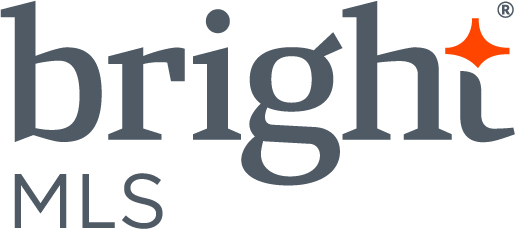Federal Uncertainty Clouds D.C. Market While Lower Rates Push Sales Across the Mid-Atlantic Ahead of 2024
North Bethesda, MD, Oct. 10, 2025 (GLOBE NEWSWIRE) — North Bethesda, Md., (Oct. 10, 2025)– The Washington, D.C. metro housing market is under pressure this fall, as federal budget cuts and the threat of a prolonged government shutdown weigh on buyer activity. Across the broader Mid-Atlantic housing region, lower mortgage rates helped lift home sales in September, offering a temporary boost. However, the uptick in activity may be short-lived as rates stabilize, affordability challenges persist and uncertainty continues to keep many would-be buyers and sellers on the sidelines.
According to the Bright MLS September 2025 Housing Market Report, closed sales across the region rose 6.2% year-over-year, with 18,607 homes sold last month. The increase in sales in September pushed the 2025 year-to-date sales total ahead of 2024.
“Mortgage rates came down in August and early September which brought some buyers into the market,” said Dr. Lisa Sturtevant, Bright MLS Chief Economist. “However, the Washington, D.C. area is showing us how sensitive the market is to broader economic and political uncertainty. In places where the federal government has a strong presence, such as D.C., we’re already seeing the impact of the shutdown and job insecurity.”
Despite the regional sales bump, affordability pressures remain. Year-to-date sales are only slightly ahead of 2024 levels, and overall market activity is expected to stay relatively slow. In September, the number of new pending contracts was up by only 0.5% compared to a year ago.
Inventory is expanding quickly. New listings were up 9.7% in September, and the total number of active listings at the end of the month jumped 27% year-over-year, marking the largest increase since April. As supply has grown, price growth has cooled. The median sold price in the Mid-Atlantic was $419,900, just 2.4% higher than last September, the slowest pace in over two years.
“Sellers are adjusting to a new market reality,” Sturtevant said. “Buyers now have more options and more negotiating power, and price trends are starting to reflect that shift.”
Homes are also spending longer on the market, with the median days on market rising to 18, up five days from last year. More inventory and softer price growth are giving buyers more options, but affordability is still a challenge. With rates beginning to level off and macroeconomic uncertainty continuing, especially in areas affected by the federal government, the pace of home sales activity
in the region is likely to remain relatively subdued throughout the fall.
